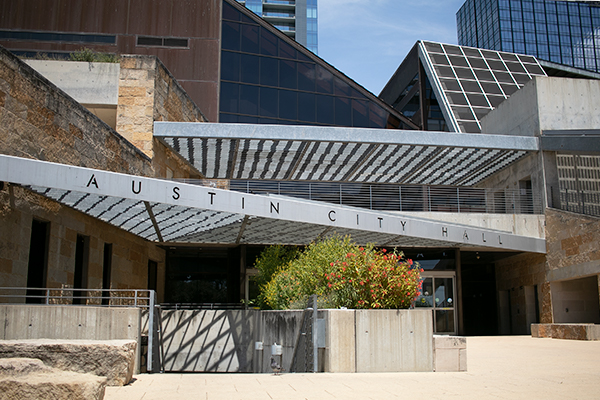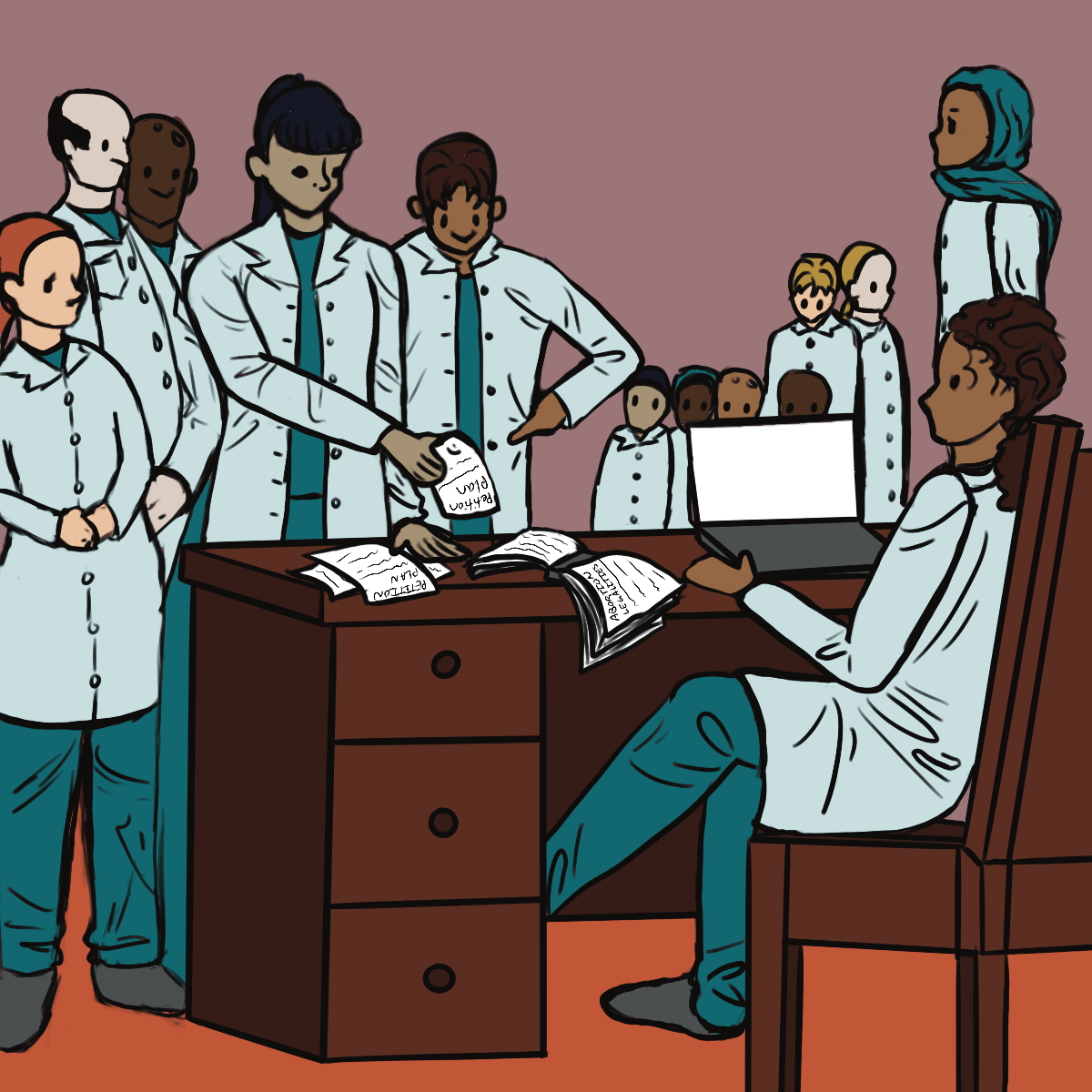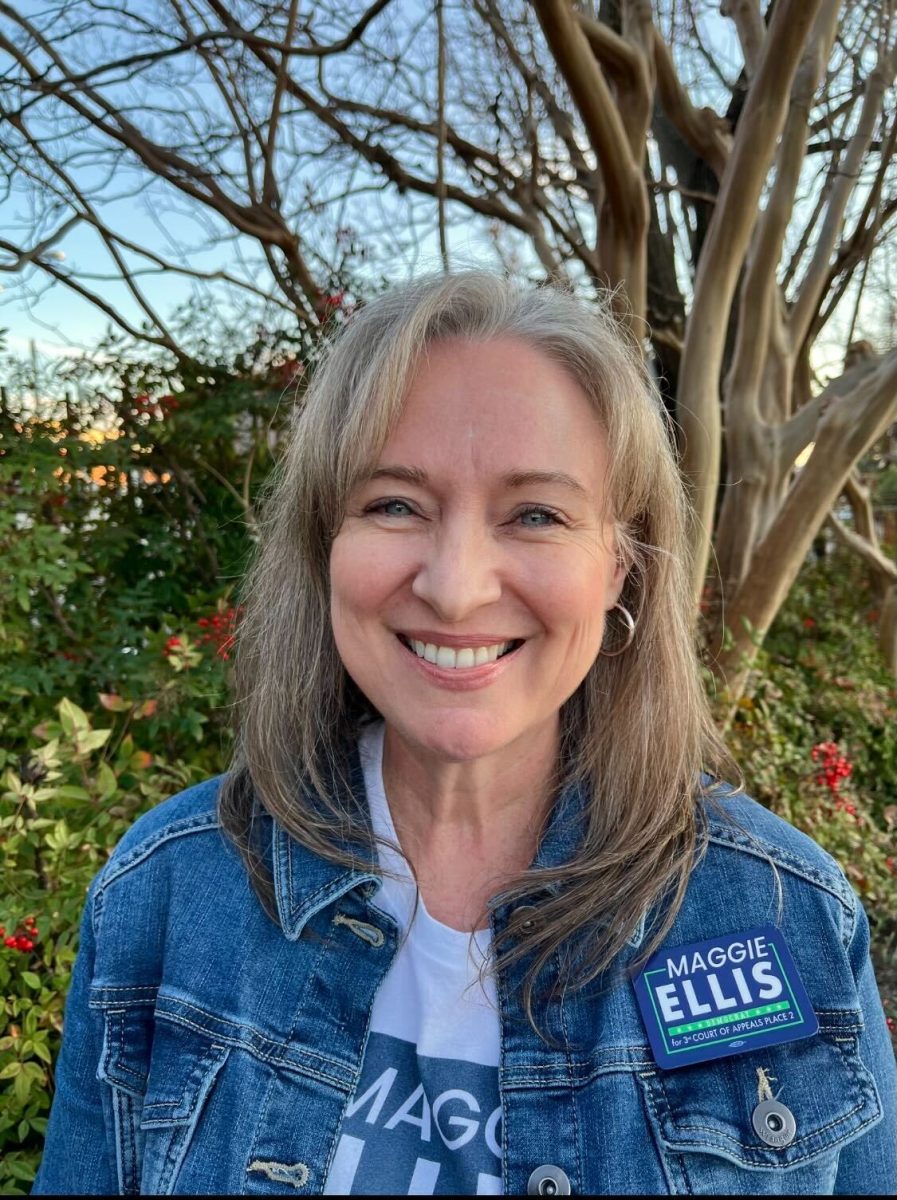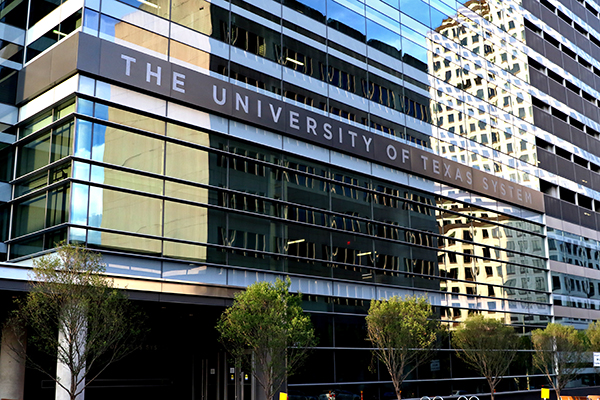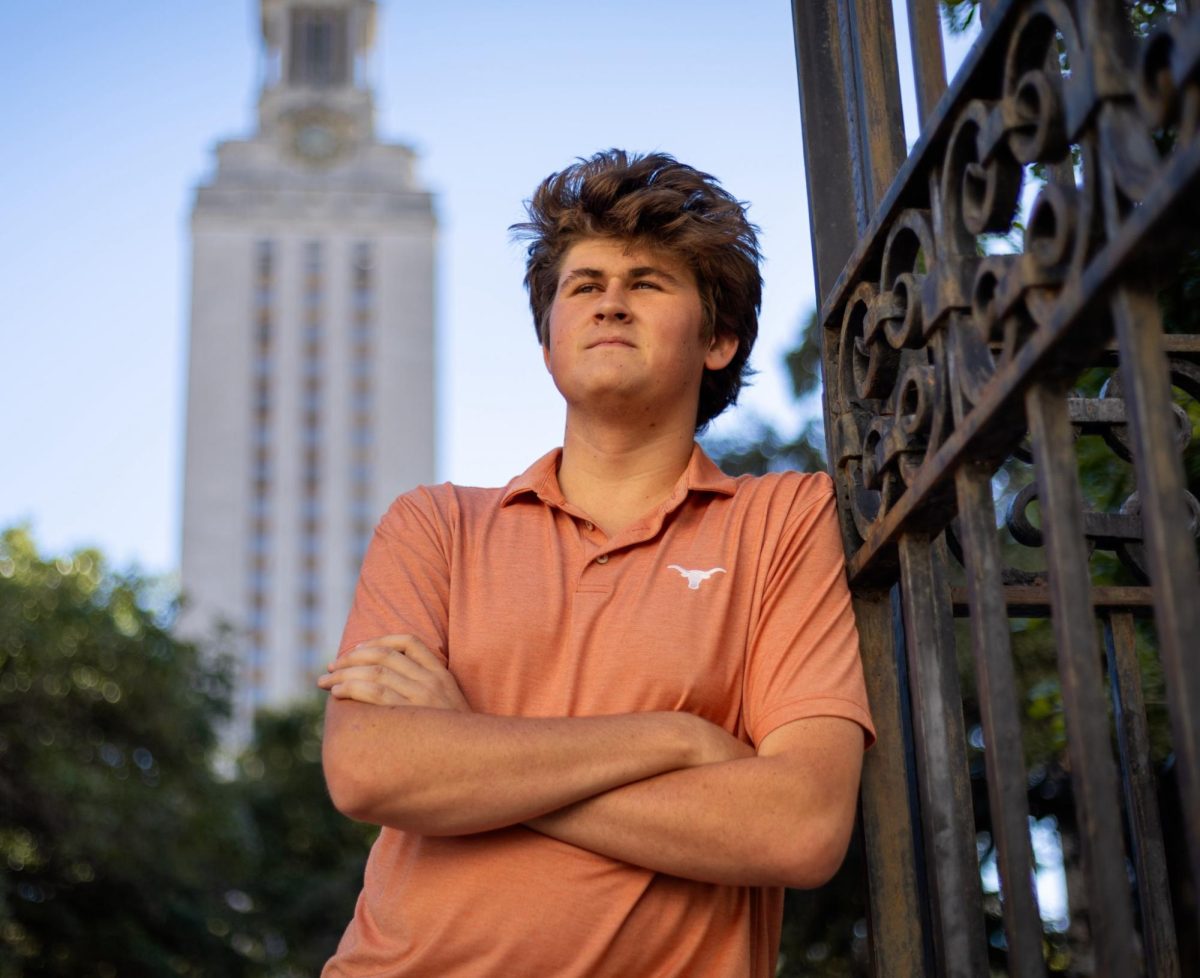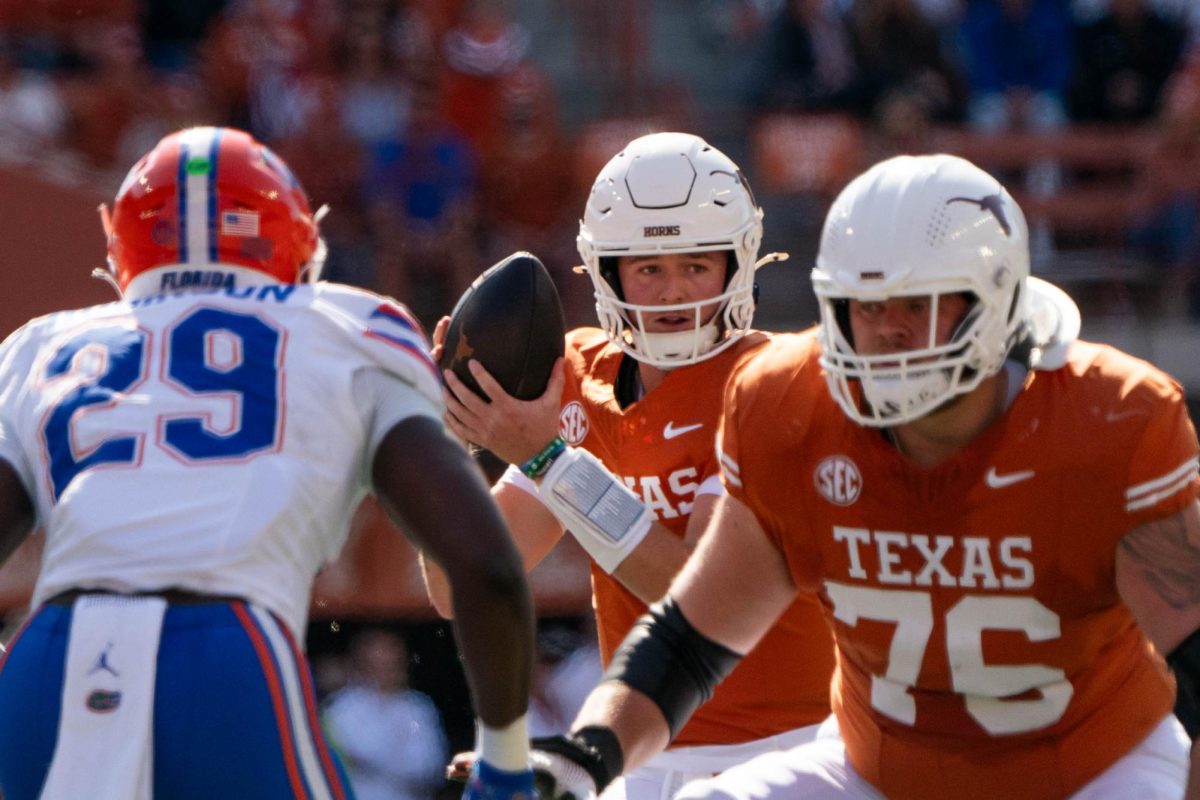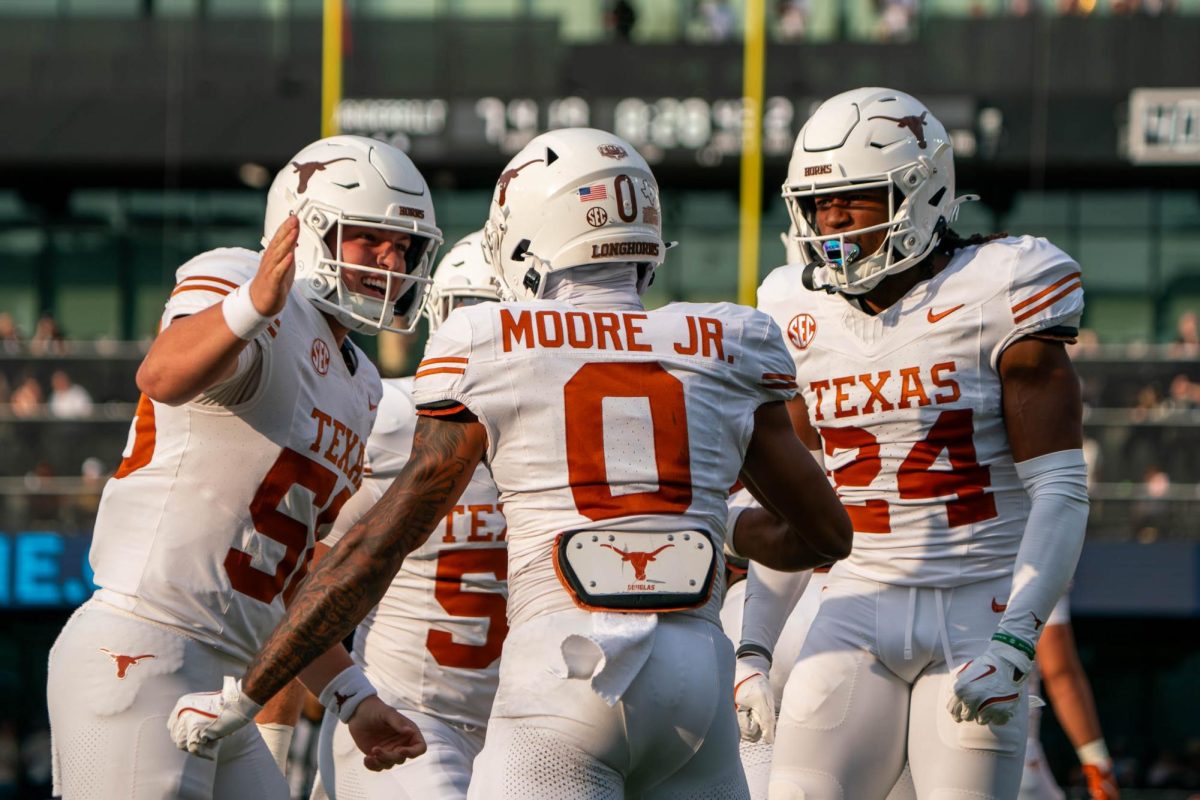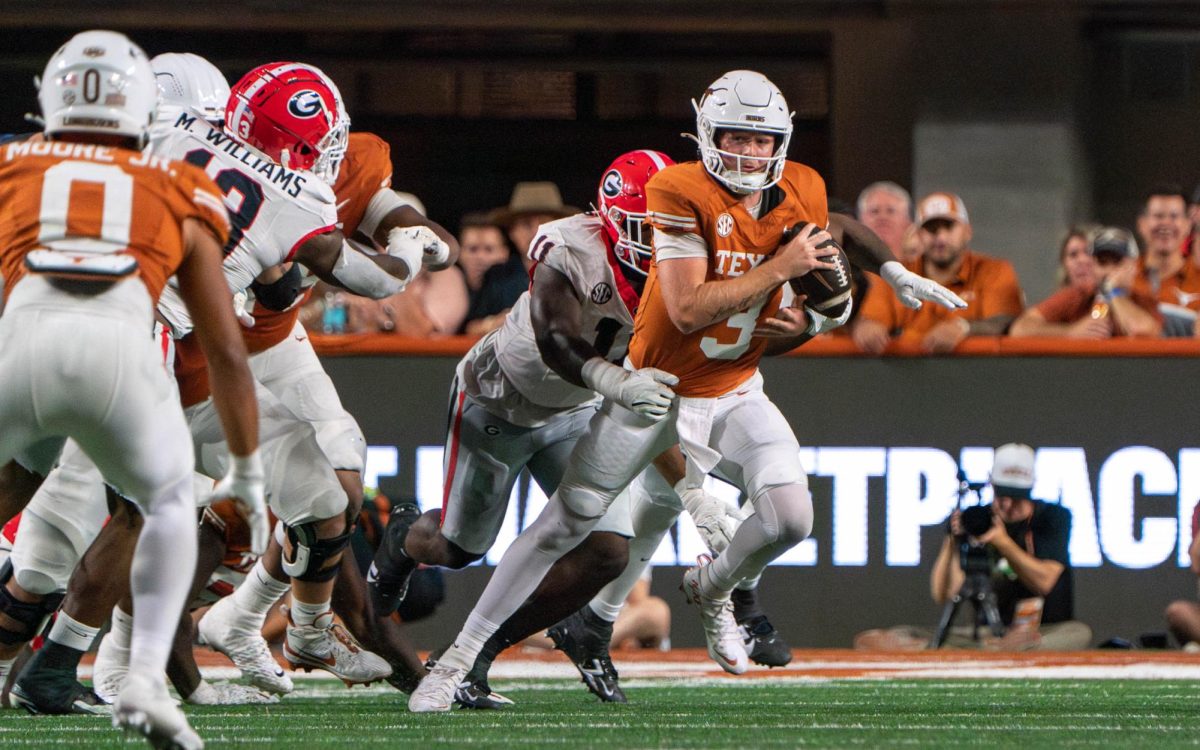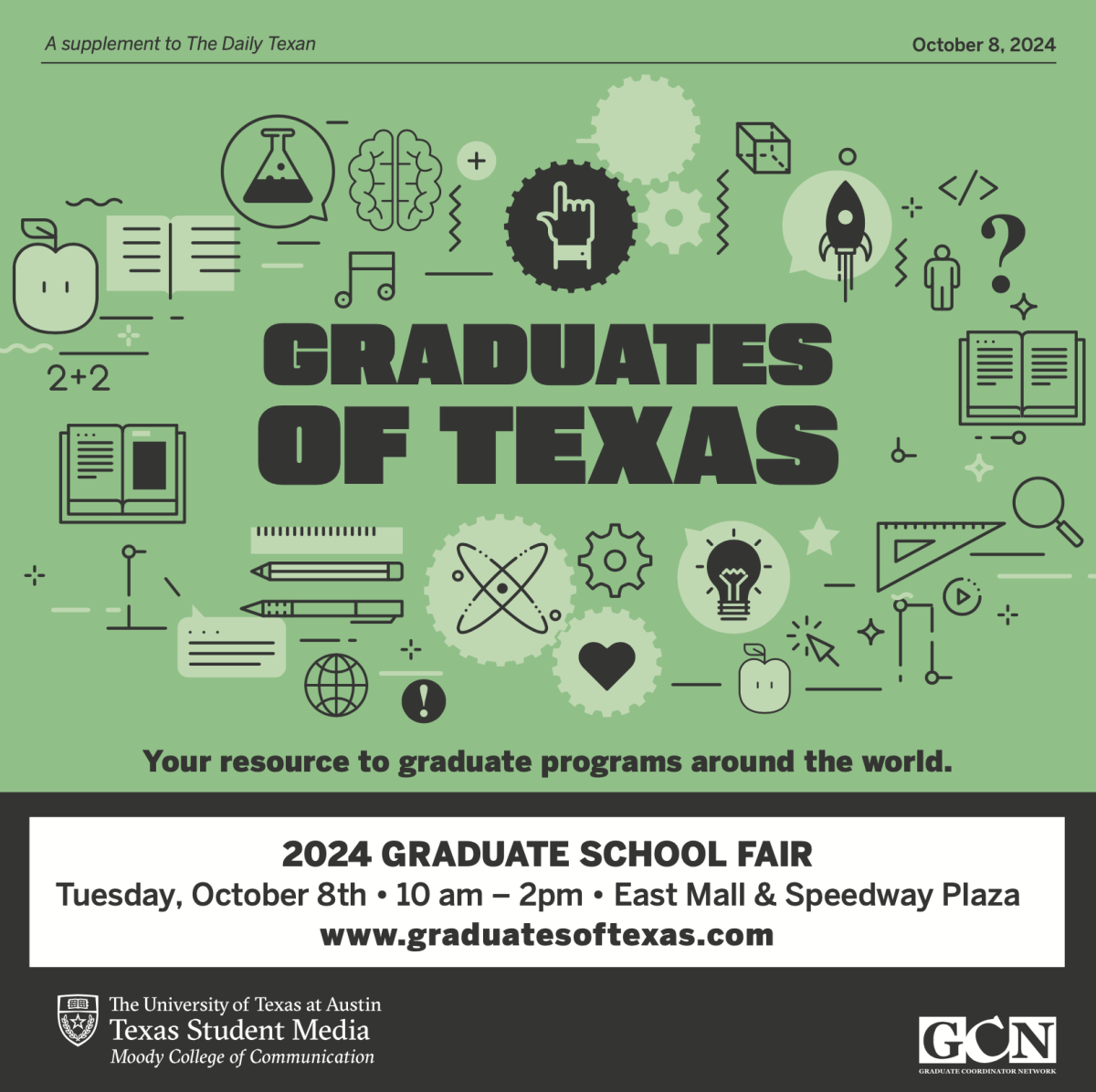The Daily Texan issue printed the day after John F. Kennedy’s assassination focuses on the impact the events had on the state, the University and the student body.
Security at Lyndon Johnson’s ranch was tightened as a result of the assassination, according to an article written by L. Erick Kanter and Juan Vasquez. From a nearby ranch house, Secret Service men gave orders to Texas Highway Patrolmen who were guarding the entrances, usually accessible to the public.
“It looked as sleepy as normal Friday afternoon. The only visible sign of the tragedy was a United States flag flying at half mast at the small post office.”
Johnson’s daughter Lynda was a student at the University when Kennedy was assassinated.
“Lynda Bird Johnson, University sophomore and daughter of the President, early Friday afternoon was taken from Kinsolving Dormitory where she lives by Secret Service men before the late President John F. Kennedy’s death was announced,” said an article published Nov. 23, 1963.
Other students stayed on campus, shocked and frightened, according to an article written by Caleb Pirtle and Hank Ezell which listed quotes from students:
“Tom Whitaker, freshman, spoke for the majority when he said, ‘This is the biggest shock the country has had since the war. I don’t know about the others, but it scared the hell out of me.’”
“It’s awful. If the same thing happened in France, it would be less a surprise. But they’re prepared for accidents. There was no reason. It must have been a crazy man,” said Michael Dassonville, assistant professor of romance languages.
“When I heard about the president’s death, I just went on to my room. I felt kind of sick. I don’t understand. It just doesn’t make sense,” freshman Betty Klingman said.
One student had a seizure after hearing the news that Kennedy had died.
The Texan also published a short article by news editor Charmayne Marsh about Kennedy’s wife’s reaction in Dallas.
“Jacqueline Kennedy took the plain gold band from her finger and placed it on the hand of her dead husband, John F. Kennedy, 35th President of the United States,” Marsh wrote.
Vernon O’Neal, director of the O’Neal Funeral Home in Dallas, said in the article that he gave Jacqueline some grease to ensure the ring would stay on her husband’s finger.
“The way she placed it on there, it wouldn’t stay, because her fingers were so small,” O’Neal said.
The article detailed Jacqueline Kennedy’s appearance at the funeral home. Both her hands and her light colored wool suit were covered in blood.
“Her hands looked as if she had on red gloves,” O’Neal said in the article. “The blood dried on them.”
“Mrs. Kennedy fell on top of her husband after he was shot and never left his side. She watched them lower him in the rosy-beige velvet interior of the $5,000 bronze casket.”
Former Gov. John Connally was in the car along with Kennedy when the shooting occurred, Leon Graham wrote in an article.
“Dr. G. T. Shires, chief of surgery at Parkland Hospital, said Connally’s heart would have been pierced had he not moved immediately after President John F. Kennedy was fatally wounded by the assassin’s first bullet.”
The bullet hit Connally in the back, fracturing several ribs and then emerging through his chest to damage both his leg and wrist, Shires said in the article.
“Connally sustained two tears in one lung, which collapsed. Surgeons, however, were able to repair the damage during the two-hour operation.”
Lee Harvey Oswald was a member of “Fair Play to Cuba Committee,” a program founded by C. Wright Mills, a University alumnus who graduated in 1939.
“Dr. Karl Schmidt, assistant professor of government, said, ‘I have heard that the organization may have had some Communist sympathizers in it, but I don’t know if it was Communist-organized as such.’”
Sociology professor Carl Rosenquist said in the article that Mills was one of the school’s best students.

